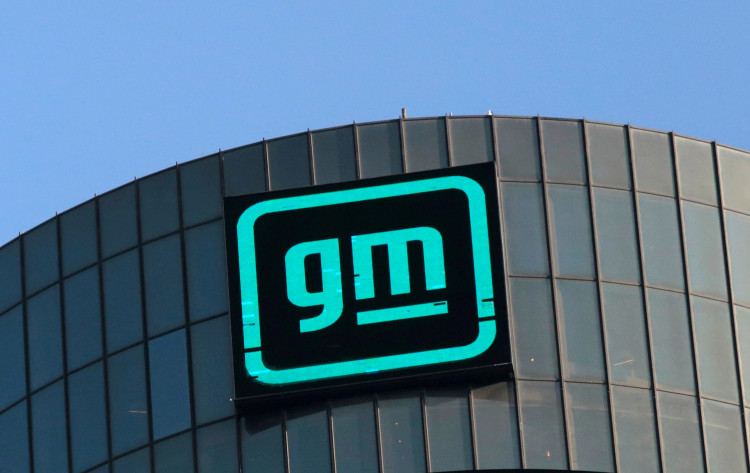As the clock ticks down to a pivotal deadline, Detroit's Big Three automakers - Ford, General Motors, and Stellantis (formerly Fiat Chrysler) - find themselves on the brink of a significant labor standoff. With a potential strike by over 140,000 members of the United Auto Workers (UAW) union looming, the U.S. economy braces for a hit that could tally in the billions.
The labor negotiations are unfolding against the backdrop of a transformative moment for the auto industry. Car manufacturers are pouring billions into the development of electric and hybrid vehicles, marking a critical juncture for these companies. However, as the 11:59 p.m. deadline on Thursday approaches, the two sides appear to be far from a consensus.
At the heart of the negotiations are the demands of the UAW. The union is pushing for a substantial 40% pay raise over four years, which, when compounded annually, amounts to a 46% increase. This includes an immediate 20% jump in wages. To put this in perspective, full-time assembly plant workers at Ford and GM currently earn $32.32 an hour, while their counterparts at Stellantis make $31.77. Part-time workers earn roughly half of that.
UAW President Shawn Fain has been vocal about the rationale behind these demands. He points to the substantial profits raked in by the automakers, emphasizing that the workers deserve a fair share. "After a decade of hard work by our members, they've had massive profits and continued massive profits - $21 billion in the first six months of this year between the Big Three," Fain remarked in a recent press interaction in Detroit.
Beyond wage hikes, the UAW's demands encompass a range of issues. These include the elimination of wage tiers, pension benefits for all employees, restrictions on the use of temporary workers, more paid time off, and enhanced job protections. The union is also keen on representing workers at the emerging electric vehicle battery factories, many of which are joint ventures between the automakers and South Korean battery manufacturers.
The automakers, for their part, have tabled counteroffers that the UAW leadership has deemed "unfair and disappointing." The proposed wage hikes are notably more modest than what the union is seeking. The two sides also remain at odds over working conditions at EV plants and cost of living allowances.
The potential ramifications of a strike are vast. A prolonged work stoppage could lead to a surge in vehicle prices, given the disruption in production for new models from Ford, GM, and Stellantis. This would, in turn, prompt dealerships to hike prices for their existing inventory. The ripple effects would also be felt across the broader U.S. economy. Goldman Sachs analysts estimate that a UAW strike affecting the Big Three could shave off up to 0.1 percentage points from economic growth for each week it persists.
This looming labor standoff is emblematic of a broader trend. Across various industries, unionized workers are pushing for better pay and working conditions. From museum workers in Chicago to UPS drivers, organized labor groups are increasingly asserting their demands and securing improved contracts.
As the UAW and Detroit's Big Three grapple with these high-stakes negotiations, the world watches closely. The outcome will not only shape the future of the auto industry but also set a precedent for labor relations in a rapidly evolving economic landscape.






